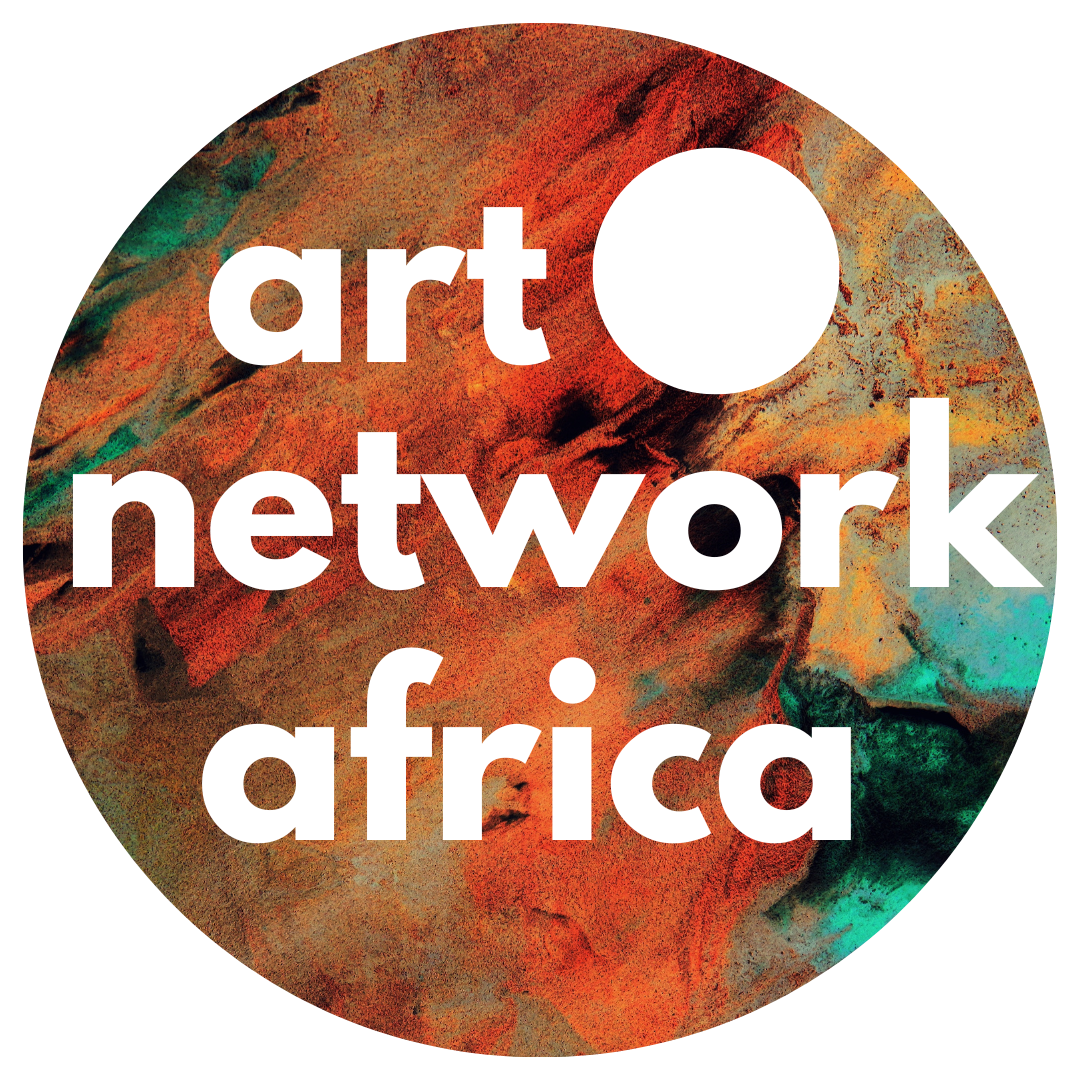Goodman Gallery presents Trace, Tremor, Remnant and if we do not dream we cannot rest at their London and Cape Town spaces, respectively.
Goodman Gallery London presents Trace, Tremor, Remnant – an exhibition that brings the practices of David Goldblatt and Clive van den Berg into dialogue, offering a layered reflection on the histories embedded within South Africa’s landscapes. Through different yet complementary approaches, Goldblatt’s photographs and van den Berg’s paintings explore the ways in which land functions as a storehouse of memory, power and unresolved narratives. The exhibition presents two series of Goldblatt’s photographs—one taken during apartheid South Africa and the other during post apartheid South Africa —alongside Van den Berg’s paintings created in 2024 and 2025. Their artworks show how space and place are loaded sites carrying the marks of personal and collective histories, revealing how the past persists in the present.
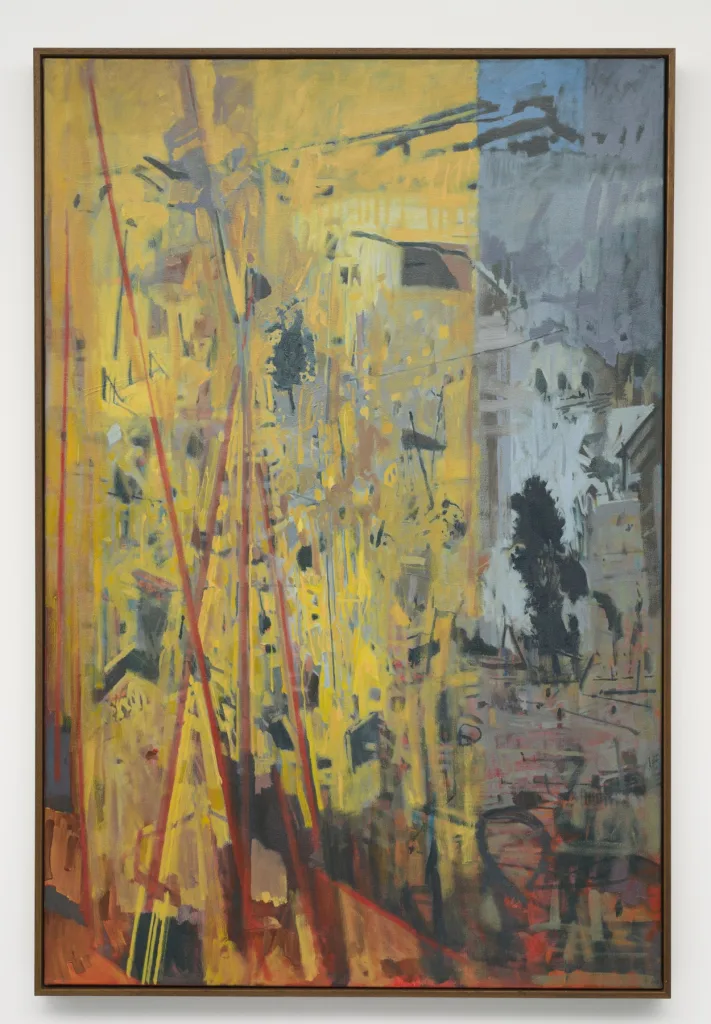
Trace, Tremor, Remnant runs alongside the final iteration of Goldblatt’s traveling retrospective, ‘No Ulterior Motive’, on view at the Yale University Art Gallery until June 2025. The major survey highlights his dedication to documenting life under apartheid and in the new South Africa. The London show also follows Van den Berg’s Johannesburg retrospective, ‘Porous’ (2024), at the Wits Art Museum, which spotlighted his four-decade career and marked the release of his latest self-titled monograph published by SKIRA.
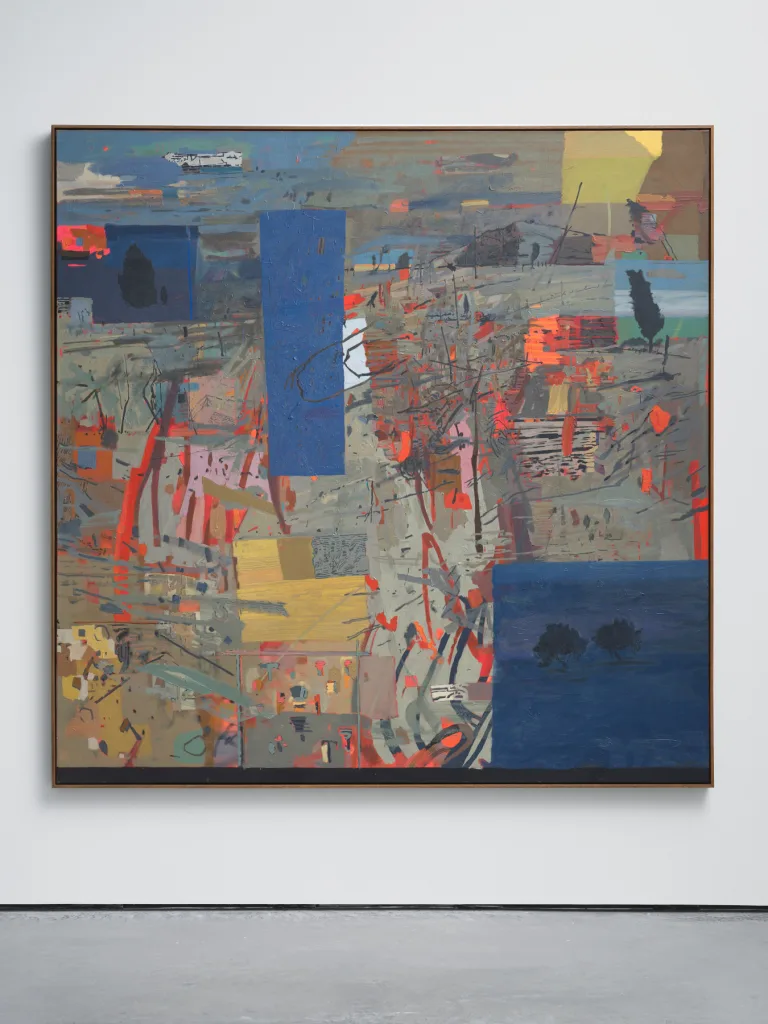
Van den Berg’s gestural paintings transform the landscape into a site of emotional and historical excavation. His works uncover unresolved stories beneath the surface, shaping the land as a porous vessel for lived experience. With an intuitive approach to form and texture, his paintings become maps of imagined topographies – spaces where absence and presence come together, and time folds into itself. These landscapes, marked by their fluidity and fragmentation, invite reflection on the entanglements of identity and erasure. The land, in Van den Berg’s vision, is not a passive witness but an active participant in an ongoing process of remembrance and transformation.
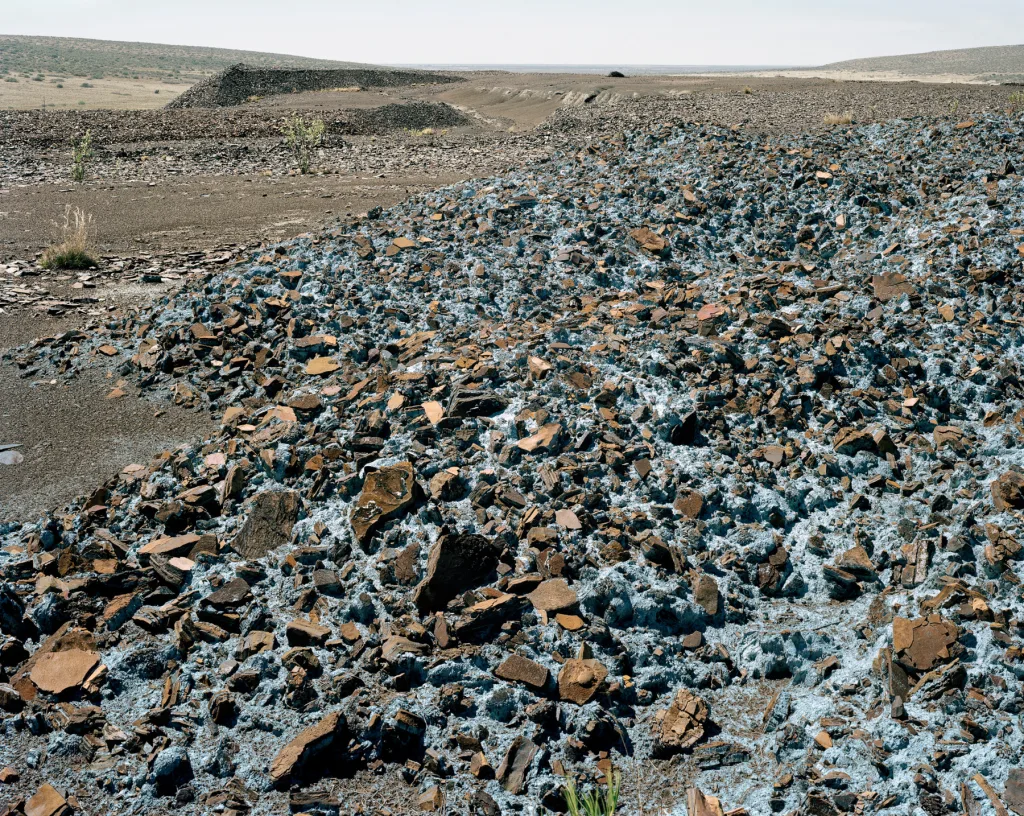
Goldblatt’s photographs, by contrast, engage the landscape with striking clarity, exposing the weight of his country’s history. The exhibition features works from ‘On the Mines’, a seminal series that documents the mining landscapes that have shaped South Africa’s industrial and socio-political identity, along with images from ‘Intersections’, which explore the lasting effects of apartheid in both the built and natural environment. His lens captures the quiet yet potent residues of power, revealing how architecture, infrastructure, and terrain bear the imprints of ideological and economic forces.
Together, Van den Berg and Goldblatt navigate the shifting contours of South Africa’s physical and ideological terrains. Their works engage in a conversation on how space is shaped by the forces that define it – both visible and invisible. In tracing the marks of history across landscapes, the exhibition invites viewers to consider how past and present remain intertwined, revealing the enduring scars left by memory, industry and displacement.
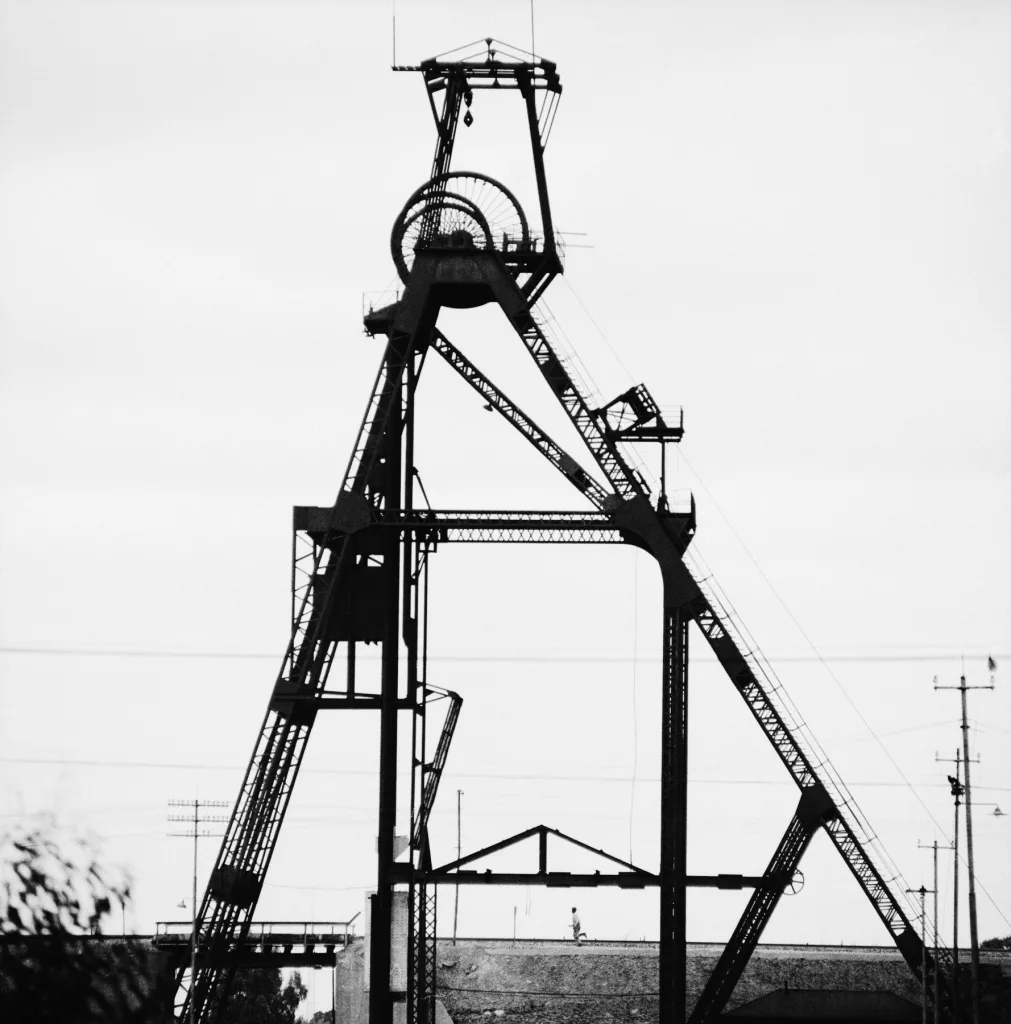
Secondly, Goodman Gallery Cape Town presents a solo exhibition of new work by artist Micha Serraf. This is the first time a body of Zimbabwe born Micha Serraf’s tapestries will be exhibited on the African continent. If we do not dream, we cannot rest precedes Serraf’s upcoming solo exhibition at the National Gallery of Zimbabwe in September 2025. It follows his participation in Marvellous Realism—the first and largest exhibition of African photography in Asia—at Fotografiska Shanghai, and his 2023 residency at Gasworks in London.
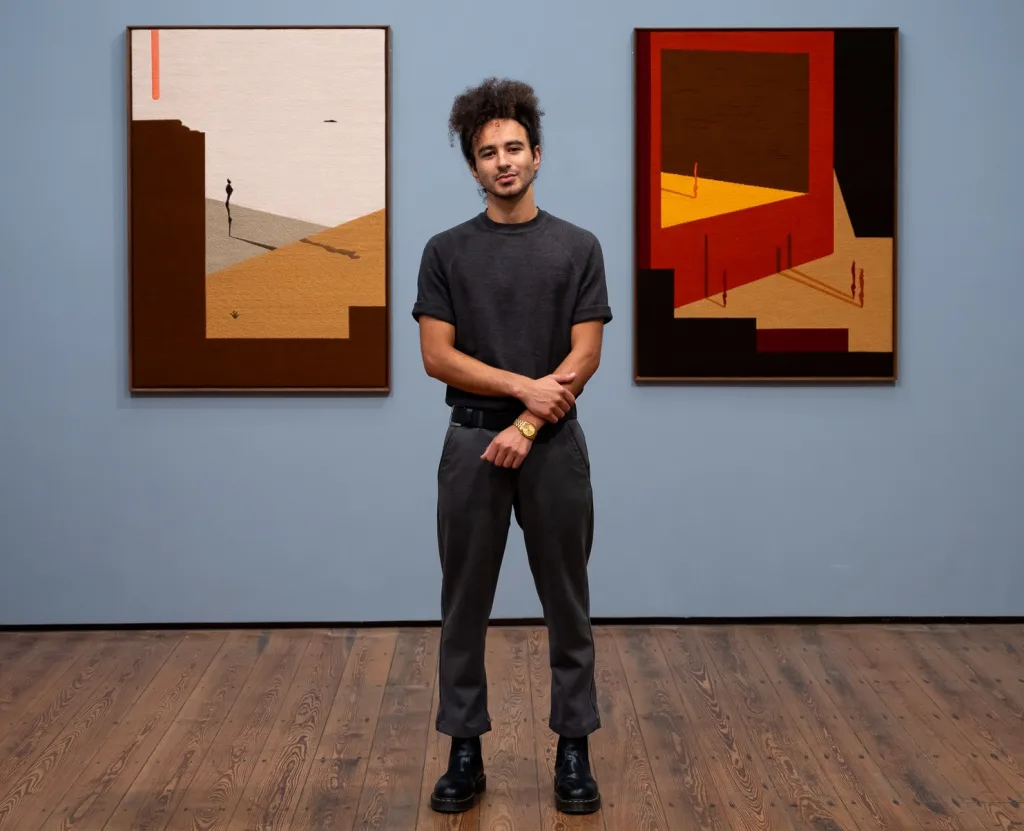
Serraf’s tapestries emerge from his sculptural and drawing practices. His clay sculptures are created in complete darkness, using blackout curtains to eliminate light. Guided by intention and a sense of ancestral or spiritual form, darkness becomes a critical element in his process—rooted in his experiences growing up in Zimbabwe and later moving to South Africa, both countries shaped by persistent power supply challenges. For Serraf, working in the dark symbolises resilience and adaptation in the face of difficult circumstances.
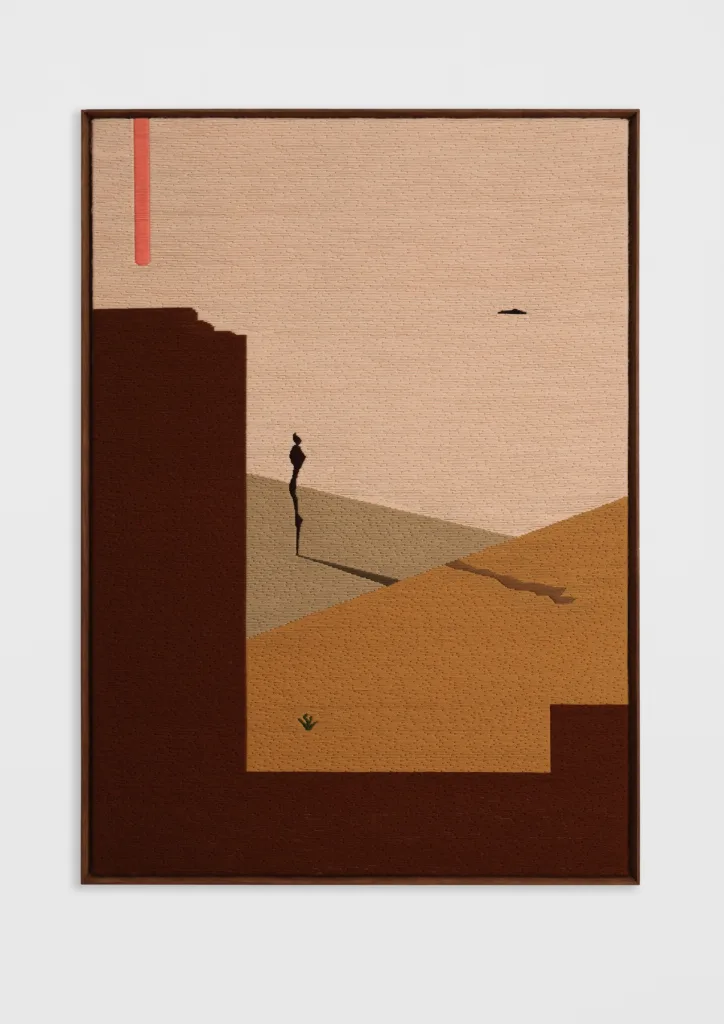
He builds his figurative sculptures from the base upwards, allowing his eyes to slowly adjust to the limited light. This process results in bases that are rough and indistinct, gradually transitioning into more refined, recognisable forms toward the shoulders and head. The sketches of these sculptures are then incorporated into tapestry works, placed within landscapes drawn from memory, nostalgia, and imagination—depicting figures navigating or contemplating their surroundings.
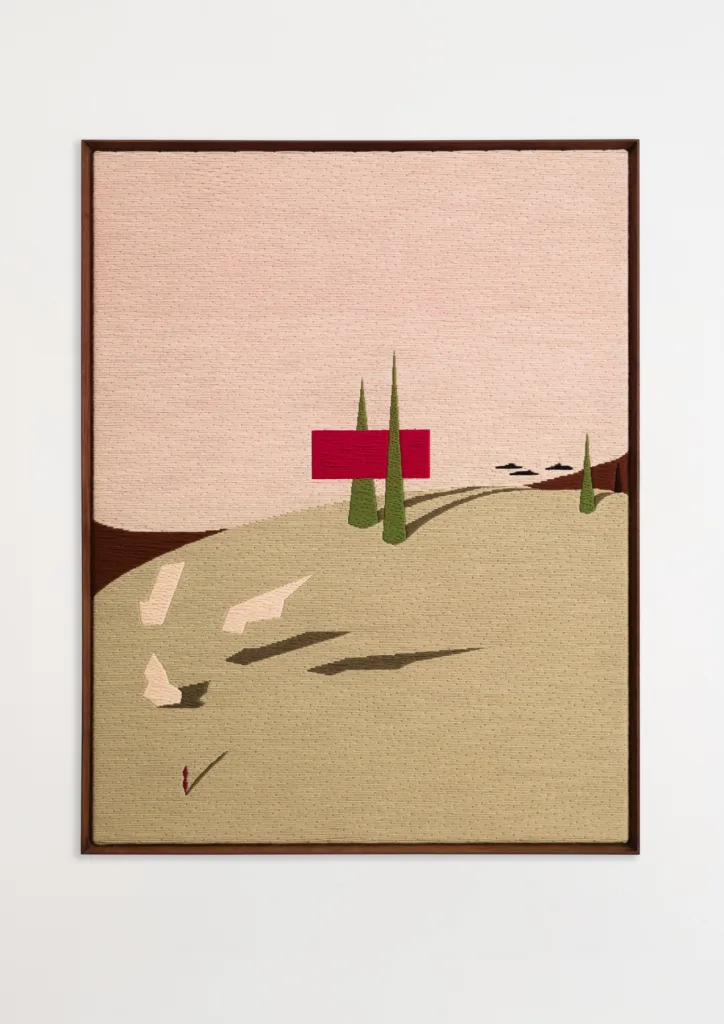
Micha Serraf’s practice is centred around rewriting the trauma of displacement with the imagined memory of celebration, homage and childlike wonder. In pursuit of memory, identity and a place to call home, his work is grounded in a nostalgia of personal and ancestral experience, caught in an entanglement between ancestral history and utopic optimism. Other notable career moments include his selection as a Norval Sovereign African Art Prize finalist in 2023; Winner of the Ritzau Art Prize 2021; as well as his ISCP New York Artist Residency in 2021. If we do not dream, we cannot rest opened on the 27th of March and will run until the 10th of May 2025 at Goodman Gallery Cape Town.
